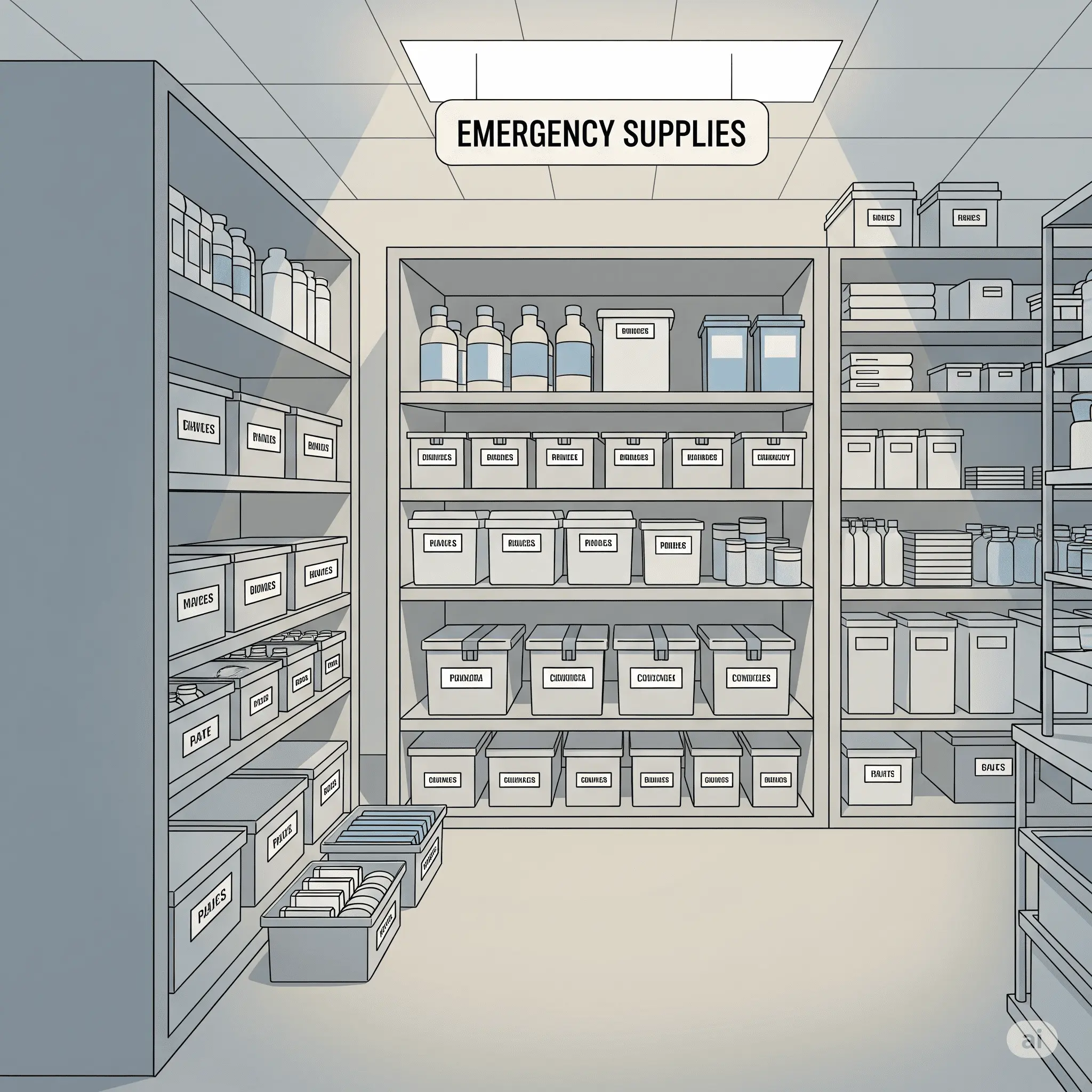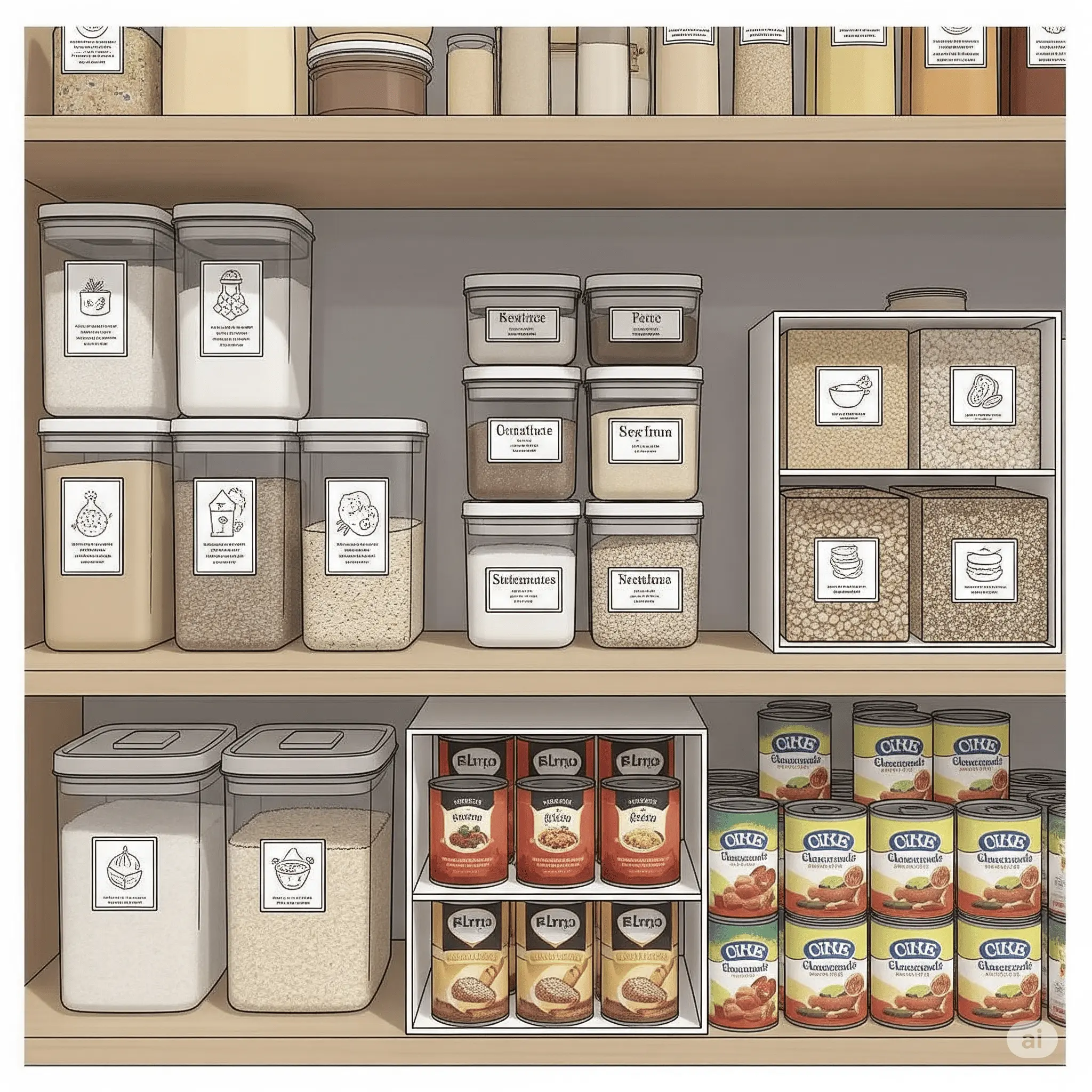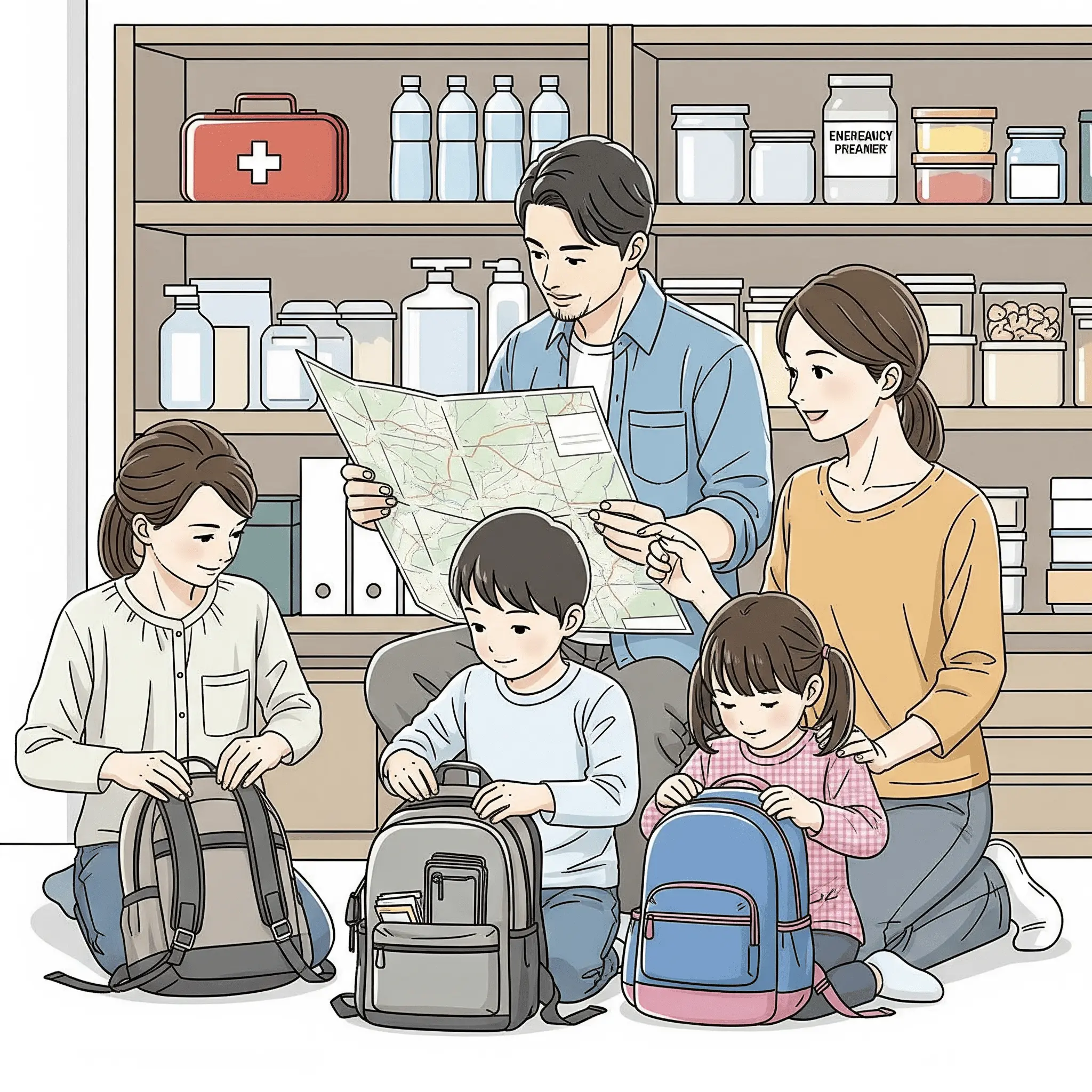🏔️ Mt. Baekdu eruption theories and unstoppable inflation. With two crises hitting simultaneously, are we truly prepared? Based on the 100-year cycle theory, Mt. Baekdu could erupt at any time since its last eruption in 1925, combined with rising living costs due to global inflation. In these uncertain times, we'll show you realistic and systematic preparation methods to protect your family.
Can Mt. Baekdu Really Erupt? 🌋
Mt. Baekdu eruption theories are not mere rumors. Scientists are paying attention to the fact that Mt. Baekdu has erupted on average every 100 years. Considering that the most recent eruption was in 1925, the possibility of an eruption around 2025 cannot be completely ruled out.
According to research by professors in the Department of Geology at Pusan National University, active magma chambers still exist underground at Mt. Baekdu, and concerns have been raised that North Korea's nuclear tests could affect volcanic activity. If Mt. Baekdu erupts, unimaginable disasters could occur, including flight suspensions due to volcanic ash, crop damage, and tsunamis due to Cheonji Lake flooding.

Experts estimate the economic damage to South Korea from a Mt. Baekdu eruption at up to 11 trillion won. This means not only physical damage but also paralysis of the entire social system.
"Only those who are prepared can turn crisis into opportunity. Disasters come without warning, but preparation can start right now." – National Disaster Management Research Institute
How Inflation Affects Our Lives 📈
As of 2025, global inflation continues. In Korea's case, the consumer price inflation rate remains at 1.6-1.9%, but the actual perceived inflation is much higher. Rising prices of food and daily necessities are placing a heavy burden on households.
US economic experts are warning of the possibility of inflation resurgence in 2025. Trade protectionism policies, supply chain instability, and rising service prices are cited as major causes. In this situation, stockpiling essential items in advance can be a wise economic choice.
| Item | 2024 Average Price | 2025 Expected Price | Increase Rate |
|---|---|---|---|
| Rice (20kg) | $43 | $45 | +4.6% |
| Instant Noodles (40 packs) | $18 | $20 | +8.9% |
| Canned Food (5 cans) | $8 | $9 | +10.0% |
| Bottled Water (2L×12) | $6 | $7 | +8.2% |
Key Point
Considering price increases, purchasing essential items in advance is not just preparation but a wise investment. You're likely to buy less with the same amount of money a year from now.
Essential Emergency Supply List 🎒
We've organized essential items for disaster and economic preparedness by category. This list was created with reference to guidelines from the National Disaster Management Research Institute and the American Red Cross.
Water & Beverages
- Bottled Water 3L per person per day × 30 days
- Water Purification Tablets 100 tablets
- Electrolyte Drink Powder 10 packets
- Water Storage Containers 20L × 2 containers
Emergency Food
- Rice 44lbs × 2 bags
- Instant Noodles 120 packs
- Canned Food (Tuna, Ham, etc.) 50 cans
- Dried Foods (Seaweed, etc.) Sufficient amount
- Nuts 7lbs
- Freeze-dried Food 30-day supply
Medical Supplies
- First Aid Kit 1 set
- OTC Medicines (Fever, Digestion) 2 boxes each
- Face Masks 100 pieces
- Hand Sanitizer 500ml × 5 bottles
- Personal Prescription Drugs 3-month supply
Living Tools
- Portable Radio 1 unit
- Flashlight + Batteries Per family member
- Candles 100 pieces
- Lighter/Matches Sufficient amount
- Multi-purpose Knife 2 pieces
- Rope 165ft

Food Storage Techniques: Long-term Preservation Guide 🍚
Simply stacking food and systematically storing it are completely different concepts. Proper storage methods can maximize food shelf life and minimize nutritional loss.
Choosing Foods for Long-term Storage
- Rice and Grains: Can be stored for 2-3 years in airtight containers
- Canned Goods: Can be stored for 3-5 years from manufacture date, optimal protein source
- Freeze-dried Foods: Premium emergency food with 25-30 year storage capability
- Nuts: High-calorie snacks that can be stored for 1-2 years when vacuum-packed
- Dried Legumes: Protein source that can be stored for 2-3 years
🌡️ 3 Principles of Storage Environment
Low Temperature: Maintain 59-68°F (refrigerator recommended)
Dry: Maintain humidity below 60% (use desiccants)
Dark: Block direct sunlight (store in dark places)
Building a First-In-First-Out System
The key to food stockpiling is 'rotation'. You must create a system that uses older items first and replenishes with new ones.
Labeling
Mark purchase/expiration dates
Front Placement
Place older items in front
Regular Inspection
Check expiration dates monthly
Immediate Replacement
Replace when nearing expiration

Household Goods Stockpiling Strategy and Budget Management 💰
Rather than randomly hoarding items, planned and efficient stockpiling is important. We introduce a phased approach that fits your budget.
Priority-based Purchase Plan
🚨 Phase 1: Emergency Essentials (Within 1 Week)
Water, basic food, medicines, flashlight, radio
Expected Cost: $200-330
⚠️ Phase 2: Medium-term Supplies (Within 1 Month)
Additional food, household goods, fuel, clothing
Expected Cost: $660-1000
✅ Phase 3: Long-term Stockpile (Within 3 Months)
Freeze-dried food, water purification equipment, generator, professional tools
Expected Cost: $1300-2000
Monthly Stockpiling Budget by Family Size
| Family Size | Basic Stock (1 month) | Extended Stock (3 months) | Complete Stock (6 months) |
|---|---|---|---|
| 1 Person | $165 | $500 | $1000 |
| 2 People | $265 | $800 | $1600 |
| 4 People | $465 | $1400 | $2800 |
Cost-saving Tips
- Bulk Purchases: Save 30% or more when buying bulk products at warehouse stores
- Seasonal Discounts: Buy winter items in summer, summer items in winter
- Group Buying: Save on shipping costs by purchasing with neighbors
- Second-hand Options: Consider used equipment for expensive items like generators and water purifiers
Action Plan You Can Start Right Now 📋
Preparation is important to start right now, even if it's not perfect. We present a specific action plan that can be implemented step by step.
Right Now (Day 1)
Start with the most basic things:
- Check emergency evacuation routes at home and hold family meeting
- List currently owned emergency supplies
- Buy 1 case of water and 20 instant noodles at nearby supermarket
- Secure phone battery pack and flashlight
This Week (Week 1)
Secure basic stockpile:
- Secure 1 week's worth of food and water
- Check first aid kit and medicines
- Prepare copies of important documents (ID, bankbook, etc.)
- Organize and share emergency contact list among family
This Month (Month 1)
Build medium-term preparation system:
- Complete 1 month's food stockpile
- Organize and optimize emergency supply storage space
- Establish and practice family evacuation plan
- Discuss mutual aid with neighbors in emergencies
Within 3 Months (Quarter 1)
Complete comprehensive preparation system:
- Stockpile 3 months' worth of food and household goods
- Consider introducing water purification equipment and generators
- Prepare emergency income source plans
- Establish regular stockpile inspection routine

Final Reminder
Don't wait for perfect preparation. It's important to start right now, even with small steps. Disasters come without warning, but our preparation can start from this very moment.
